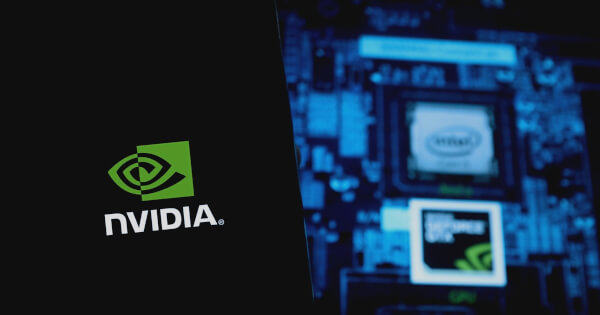NVIDIA Boosts Robotics with Isaac Sim 4.0 and Isaac Lab
Luisa Crawford Jun 17, 2024 18:10
NVIDIA introduces Isaac Sim 4.0 and Isaac Lab, offering advanced AI and simulation tools to enhance robotics workflows.

The era of AI-powered robots has advanced significantly with NVIDIA's latest release of Isaac Sim 4.0 and Isaac Lab, according to the NVIDIA Technical Blog. These tools are designed to enhance the development, simulation, and deployment of AI-based robots.
New NVIDIA Isaac Sim 4.0 Features
Isaac Sim 4.0 offers a range of new features to accelerate robotics workflows:
- Faster installation with PIP
- Improved usability with wizard-based import and system compatibility checker
- New assets, environments, and robots
- Enhanced PhysX features such as mimic joints and TGS solver
- Multi-GPU and multi-node capabilities for reinforcement learning
These enhancements aim to streamline the process of designing, simulating, testing, and training AI-based robots in a virtual environment that adheres to the laws of physics.
Get Started Faster with PIP Install
Isaac Sim can now be installed using Python package managers like PIP, simplifying the setup process. The new Compatibility Checker app provides instant feedback on system requirements, ensuring smooth installation.
Improved Usability with Wizard-Based Import
The new wizard in Isaac Sim guides developers through importing and tuning robots in virtual environments. This tool supports various import options, including CAD files and sensor setups.
Additional Asset Libraries
Isaac Sim 4.0 includes new assets for simulations, such as prebuilt warehouse models and various robot models from companies like Boston Dynamics and Universal Robots. Humanoids and sensors from companies like Ouster and Velodyne are also included.
New PhysX 5.4 Features for Mimicking and Inspecting Joints
PhysX 5.4 introduces features like the Mimic Joint, which allows for modeling coupled joint positions in robots. The Physics Inspector feature helps in authoring single articulations and maximal joints, improving collision checks and degrees of freedom before actual simulation.
Enhanced Physics Simulation
The latest TGS solver updates improve solver convergence and collision fidelity. New reporting features expose data related to solver convergence quality, aiding in simulation tuning.
More Support for Sensor Simulation
Isaac Sim's library of realistic sensor models now includes RTX support for non-visual materials, enabling advanced sensor modeling. Performance improvements to OmniGraph-based sensor pipelines reduce overhead by running only when needed.
Accelerating Reinforcement Learning with Isaac Lab
Isaac Lab is an open-source framework designed to simplify robot learning workflows. It supports multi-GPU and multi-node training, offering higher FPS and quicker model convergence. Tiled rendering helps visualize multiple scenarios in a single view.
Ecosystem Adoption
Leading robotic developers like Boston Dynamics and Agility Robotics are integrating Isaac Lab to develop next-generation robots. These companies leverage Isaac Sim for testing robots in realistic environments and generating synthetic data for model training.
Isaac Lab is available under the BSD-3 license on GitHub.
More Support for ROS Developers in Isaac Sim
The latest Isaac Sim version includes enhanced functionality for ROS developers, such as URDF import from ROS2 nodes and support for ROS2 launch, Quality of Service, and publisher/subscriber workflows.
For more information, visit the NVIDIA Technical Blog.
Image source: Shutterstock.jpg)
